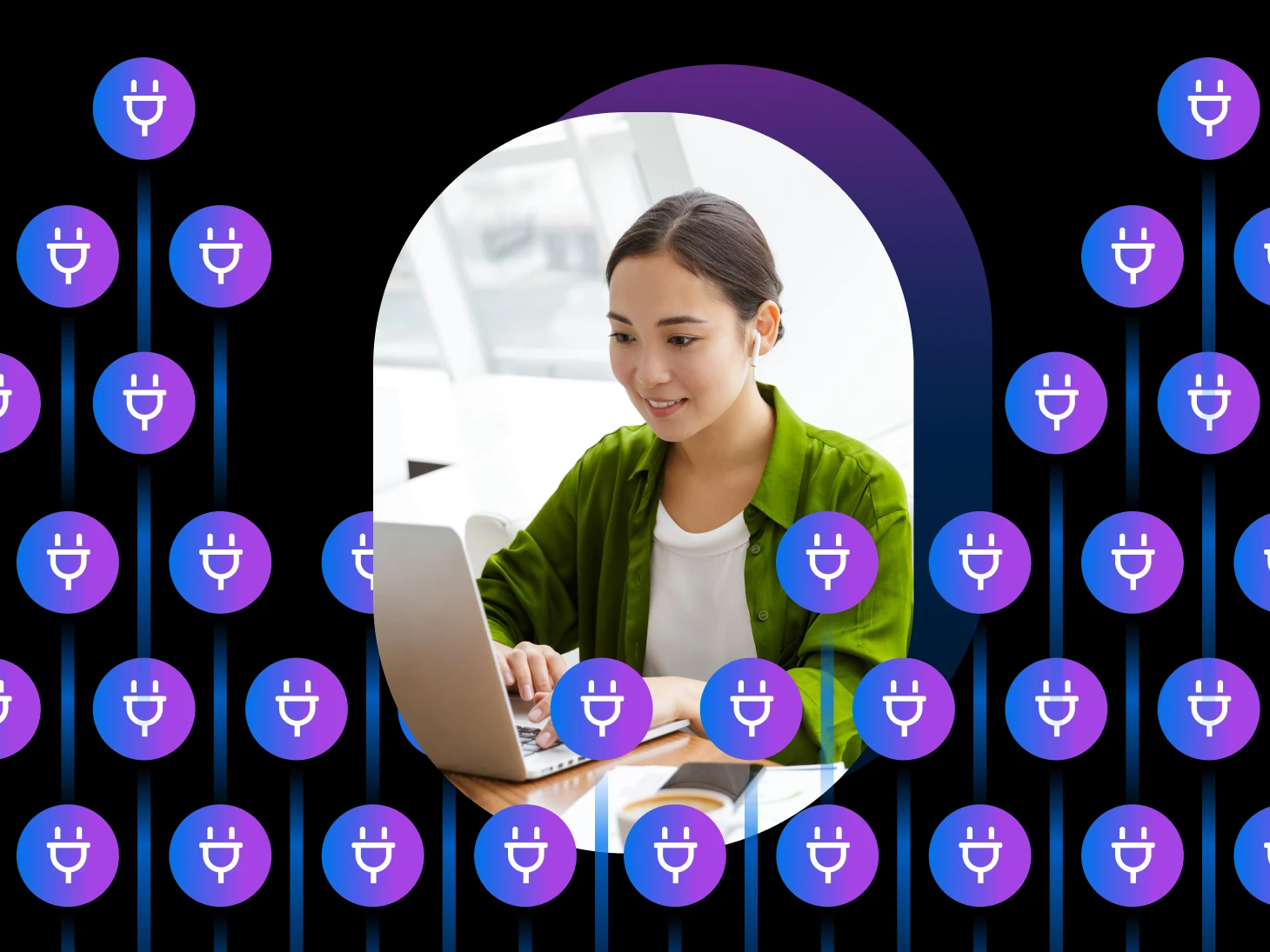Software development is an essential component of information technology, which drives computers and computer-based programs. Websites, mobile apps, and sophisticated industrial, scientific, and medical technology are all dependent on a variety of software. You need specific skills and experience to design software. The article will discuss the definition of software development, what programmers do, the various steps and processes associated with software development, and the various types of software development techniques that are popular in the present.
Software Development: What Is It?
The best way to define software design is that it’s an ensemble of repeatable procedures that are used to create, design, and implement software. It’s also referred to as software development or application design. Programming languages and Coding techniques create the foundation to develop software and help facilitate the functions of software. It is possible to develop or design software to meet various professional and personal objectives, goals, and processes. Software programmers perform a variety of scheduled stages before the software is completed and is ready for use. Software programmers make use of their expertise in the field of software development to manage every step through the entire process. The stages that are part of the process for developing software include exploratory research, flow design, data flow design, creating flow charts, technical documentation, testing, software debugging, and finally rolling out. These steps and processes are collectively referred to as the software development lifecycle (SDLC).
Software Developers: What Do They Do?
Software developers. Some are considered experts in the field of information technology. Their work is not restricted to programming and programming. They are active in all stages that software development, from concept to the actual rollout. The primary responsibilities of a software developer are to:
- Create, study, design, and create software programs
- Develop and implement efficient software code
- Test and assess the effectiveness of programs
- Find bugs and get rid of them
- Assist other IT experts in keeping software up-to-date.
- Create tools to ensure quality tools
- With clients, you can check whether the software matches their expectations and make any adjustments when necessary
- Be sure to ensure the security of the software for the end-user, client, or organization.
4 Software Types
There is a variety of software. Some are single-line programs, and others can run to many thousands of lines. Software programs help to make the hardware or computer systems work and function independent and independently of hardware. The software guides the hardware on what tasks to be able to perform and how to complete them. The four most common types of software include:
1. Software for the System
This kind of software is essential and is designed to run hardware and internal functions of the computer. It is also able to connect other devices, such as monitors, printing devices, disks, and mice, to computers. It also includes the software needed for the operation of the computer, such as operating systems, utility programs, disks, as well as hardware management software.
2. Software for the application
They can also be referred to as end-user applications that assist users with a variety of tasks. For instance, users are able to create files, surf, create graphic designs, purchase, play, and even make calculations using software applications. The software is designed for a specific reason and is able to perform only one task. It is possible to choose application software or not, and it will not impact the functionality of the computer. You can organize the library of software applications that are installed that you have installed on your computer, based on your needs.
3. Software for programming
When software developers begin developing new software, they are no longer required to start from beginning from scratch. A few pre-built software components are readily available to assist them in programming in a variety of languages. Examples:
- A compiler: a computer program that converts source code written within a programming language into its executable form.
- Debugger: A type of computer program that identifies possible errors and eliminates them.
- Interpreter: A computer program that continuously reads and interprets the program and converts the information into machine language.
4. Device software
Software programmers create specialized code that is built into specific devices or hardware called embedded software. Programmers may program microchips or develop software applications for hardware components and devices. A few examples of use of such software are calculators, robots, smartwatches, as well as navigation devices.
How Do You Develop Software?
The life cycle of software development (SDLC) is a methodological framework that allows you to develop high-quality software for a reasonable cost in a short amount of time. SDLC is a method of developing software that can be developed quickly and efficiently. SDLC is comprised of six stages, which provide guidelines for an organization to develop software that has been thoroughly tested and is ready to be released and used. The six stages aid in reaching this goal by removing the risk that is incurred during the development process.
The six phases of SDLC include:
- Planning and conceptualisation: Once you have an idea or requirement, it is essential to consider the idea in a systematic way, devise strategies, think about the outcomes, acquire materials, make budgets, and suggest dates.
- Analysis of feasibility and requirements: This stage analyzes the financial and technical aspects of a project, including the return on investment, cost, and profits. The analysis phase also assists to identify risks and carry out appropriate mitigation strategies that facilitate collaboration and understanding with other stakeholders and clients.
- Design: Software developers, architects, and engineers develop the overall structure of the program, based on the original concept. This stage aids the team to visualize the concept and establishing the components and hardware requirements.
- Coding Development: The coding phase is the time when developers begin writing code, and it is usually the longest part of any SDLC. Teams of developers design the structure and functional features of the program. They also ensure that the software is compatible with the requirements of the client.
- Testing: Quality assurance engineers test software for system integration, functionality, and user experience. They determine whether the software is able to meet the business objectives of clients. When the software is free of bugs, then it’s ready to be released or distributed.
- Roll out: Software developers move all the required information and other elements into the brand-new program. The team can decide on either a single rollout or a timed rollout, based on the choices made during the design phase.
Roles in Software Development
In order to develop efficient software, it is necessary to have a team of specialists with different skill sets who have different expertise and experiences. The size of the team and its hierarchy are determined by the project’s size, budget, and duration. Members of the team are expected to be in constant contact with one another and could have shared or different responsibilities. Here are some typical job positions in the field of software development:
- Software engineers: work on extensive solutions that are based on engineering concepts and established scientific techniques of research, experimentation, and analysis. They are involved in the design and installation of software solutions.
- Software developers: work on specific elements of a project and are responsible for the overall direction in the SDLC. Although coding is their main focus, they also work in multi-functional teams in order to complete the project.
- Programmers: receive instructions from engineers and developers of software and translate the instructions into machine language by using programming languages such as Java or C++. They develop source codes for specific tasks, such as the display of images, text, merging databases, and processing orders, as well as routing communications. They also conduct searches.
Alongside these responsibilities, each team can comprise product owners (usually an organization or the senior stakeholder) and product managers, who are responsible for the goals of the project. Quality assurance professionals examine the software for any errors and make sure the final product is compliant with specifications.
Which Software Development Methodologies Are There?
Software development is a planned process that comprises a set of structured processes that start from the conceptualisation stage to the implementation. These processes do not have technical elements, but they give developers the ability to select one that permits them to alter the six phases of SDLC. They are able to alter the order of stages in accordance with the concepts and theories that govern software development. Developers can select a methodology according to the timeframe and team size, objectives, budget, or needs. The most popular software development methods include:
- The waterfall model: The waterfall model is one of the first and most widely used methods since it follows the essential stages in a sequential and linear order. It is not possible to jump back and forth between the different stages, and the developers evaluate the software only after it is prepared.
- V-shaped model: All the stages are carried out in a sequential order with the V-shaped model. Each phase is to be evaluated before starting the next one.
- Big Bang model Big bang model: This model doesn’t follow any particular pattern, and it only starts with the moment resources and funds are accessible. It doesn’t follow any specific procedure, and the result could not be in line with the requirements of the client.
- Fountain model: The fountain model is an upgraded variant of the model for waterfalls. You can move forward or into any of the stages, without having to complete the work of previous stages.
- Iterative model: Developers develop an initial model, try it out, and then add new features and test it at the end of each iteration. Agile, Kanban, Scrum, and Rapid Application Development methodologies are based on iteration methods.
- The spiral model: blends methods of waterfall and iterative methods. It is employed in complex, large, and costly projects.
The information contained on this website is offered as a courtesy and is intended for informational purposes only. This site is not intended to be a job or legal adviser and cannot guarantee an interview or offer.



